Results 2,321 to 2,330 of 12094
Thread: Anandtech News
-
10-23-12, 02:00 PM #2321
Anandtech: iPad mini Hands On
Here are some preliminary hands on shots with the new iPad mini.
Gallery: iPad mini Hands On

More...
-
-
10-23-12, 03:00 PM #2323
Anandtech: 13-inch MacBook Pro with Retina Display: Hands On
We just spent some time with the other major announcement from today: Apple's 13-inch MacBook Pro with Retina Display. The 3.5 lbs machine is obviously lighter than the 15-inch rMBP but you do give up quad-core and a discrete GPU, which makes this more of an upgrade for 13-inch MBP users than an alternative to the 15-inch rMBP. It may also do a bit to tempt 13-inch MacBook Air users.
The same resolution scaling that we disucssed in the 15-inch rMBP review is present on the 13-inch model, although I don't yet know the specifics about what scaled resolutions are available. The default resolution is 1280 x 800 scaled to fit the panel's native 2560 x 1600 resolution. I would guess the two higher resolution modes are upscaled 1440 x 900 and 1680 x 1050 but I'll find out for sure later this afternoon.
Check out the gallery below for more shots of the 13-inch rMBP.
Gallery: 13-inch MacBook Pro with Retina Display: Hands On

More...
-
10-23-12, 03:00 PM #2324
Anandtech: Up Close with the New 27-inch iMac's User Serviceable Memory Panel
Both of the 21.5 and 27-inch iMacs use SO-DIMMs, however the 27-inch model does allow for end user upgrades. Remove the power cable and there's a button that will pop out a little panel giving you access to the system's SO-DIMM slots. The 21.5-inch model needs to be taken apart to gain access to the memory slots unfortunately.

More...
-
10-23-12, 03:30 PM #2325
Anandtech: ASUS VivoTab RT Review
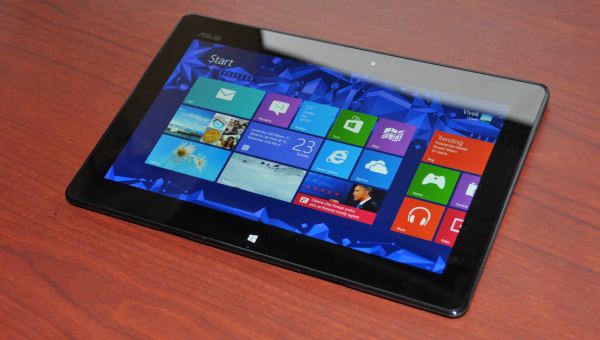
The ASUS Transformer line of tablets have consistently been among the strongest contenders in the Android tablet world, so when it was announced that they would be one of the launch partners for Microsoft’s Windows-on-ARM push, big things were expected. And so we have the ASUS VivoTab RT. The VivoTab name comes from the Latin verb “to live”, while the RT part is of course an indication of Windows RT, the official name for the ARM version of Windows. Windows RT-based tablets are Microsoft’s first real competitors built for the modern tablet market, so this is a hugely important launch for Microsoft as well as its hardware partners. The VivoTab RT looks pretty similar at first glance to what we’re used to seeing from the Transformer line, with a 10.1” IPS 768p display housed in a slim aluminum chassis and Nvidia’s Tegra 3 silicon underhood. The specsheet is actually pretty similar to the original Transformer Prime from last December, but obviously the big deal here is Windows RT. How does the new operating system transform the experience? Read on to find out. (Actually, after that pun, I won’t blame you if you don’t.)

More...
-
10-23-12, 04:00 PM #2326
Anandtech: ASUS Windows 8 and RT Products Revealed
ASUS has spent the last few years showing how good design can yield big dividends in the Windows notebook and Android tablet markets. With today’s announcement of their Windows 8 and RT line-up, they marry the two efforts to show off some innovative and impressive new approaches to the traditional PC. Most of the products revealed today are Intel-based, but we’ll start with the lone ARM device, the ASUS VivoTab RT. 
 
ASUS VivoTab Family
 
The ASUS VivoTab RT will be their first foray into Windows tablets, and it certainly borrows some design elements from its Android predecessors. The docking mechanism has been updated to give the all metallic slate and its dock a more streamlined look. The slate alone is just 8.3 mm thick, and comes in 32GB and 64GB SKUs, with a 10.1” 1366x768 Super IPS+ display. There’s an 8MP/1080p rear-shooter and a 2MP front shooter, and the sides are graced with
More...
-
10-23-12, 09:00 PM #2327
Anandtech: Microsoft Surface Review
A week ago, I sat in an auditorium and listened to Steve Sinofsky talk about the tablet market. He talked about how the iPad was a great device, and a logical extension of the iPhone. Give iOS a bigger screen and all of the sudden you could do some things better on this new device. He talked about Android tablets, and Google’s learning process there, going from a phone OS on a tablet to eventually building Holo and creating a tablet-specific experience. He had nothing but good things to say about both competitors. I couldn’t tell just how sincere he was being, I don’t know Mr. Sinofsky all that well, but his thoughts were genuine, his analysis spot-on. Both Apple and Google tablets were good, in their own ways. What Steve said next didn’t really resonate with me until I had spent a few days with Surface. He called Surface and Windows RT Microsoft’s “perspective” on tablets. I don’t know if he even specifically called it a tablet, what stuck out was his emphasis on perspective.
I then listened to Panos Panay, GM of Microsoft’s Surface division, talk about wanting to control the messaging around Surface. He talked about how Microsoft’s June 18th event was scheduled because Surface was about to hit a point in its production where he could no longer guarantee there wouldn’t be substantial leaks about what the product actually was. He talked about the strict usage and testing guidelines everyone at Microsoft was forced to adhere to, again to avoid major leaks. He didn’t want Surface to be judged immediately and cast aside on someone else’s terms, because of some leak. Panos Panay wanted Microsoft to be the ones to bring Surface to market. Sure some rumors leaked about it before the June 18th event. A couple of weeks earlier, while I was in Taiwan, I even heard the local OEMs complaining about it (a lot of the “surprised” public outrage by Taiwanese OEMs was mostly politics). But for the most part, we didn’t know what Surface looked like and we had no concept of its design goals. Touch and Type Cover were both well guarded secrets.
Surface is Microsoft’s perspective. With the exception of some technical display discussion, Microsoft hardly mentioned the iPad in our Surface briefing. And when it did, it did so in a positive light. Microsoft isn’t delusional, the iPad is clearly a very well executed tablet. At the same time it believes there’s room for something else.
Read on for our full review of Microsoft's first branded tablet: Surface.
 

More...
-
10-23-12, 09:00 PM #2328
Anandtech: ASUS VivoTab, VivoBook, ZenBook and Transformer Book Hands-on
 
The ASUS event was exemplary when it came to tech events in one very key matter: lots of hands-on time. Plenty of devices were available, and the showcase was open for a while, so we got to get a bit intimate with some of the new gear they announced today. So let's have a look. 
 
VivoBook
 
 
We'll start with the VivoBook, the most mainstream product that was announced today. The emphasis on affordability is notable, but the design doesn't suffer in the looks department. SKUs will start around $499 and while there was a clear lag in opening apps, owing in large part to the mechanical storage, the interface was easy to navigate and scrolling around images and websites was a breeze. Plenty of color options will be available, and that S400 SKU should bring a vast performance improvement, for not much more scratch. 
 
Transformer Book
 
I touched on this in the announcement post, but the Transformer Book is really something strange to behold. I've never considered my 13" notebook something I'd want to hold in one hand, but despite the comic proportions, the 13" Transformer Book has a good in the hand feel. The 16:9 aspect ratio of the 1080p screen makes it awkward in one-handed landscape use, but there's a certain strange appeal. I don't see this as a tablet to take on the road, but rather a notebook, whose screen can be untethered from the base. If nothing else, it's the fastest tablet device I've played with, running Sunspider at a scorching 145 ms. No surprise, though; a dual-core Core i7 processor will best anything ARM based. 
There's another aspect to the Transformer Book that I hadn't touched on: software. Though Windows 8 is the OS, ASUS has provided their own hub, called Asus Home. It's unclear what plans ASUS has to expend this hub, for now it mostly serves as a resource for modifying various device settings. A chief concern for Windows 8 and RT is the changes to configuration menus, and so it's not surprising for OEMs to try to simplify that with hardware specific apps. ASUS solution is innocuous enough, we just hope that OEMs don't feel the need to add too much to these layers. 
Once docked, the Transformer Book doesn’t look so different from the Zenbook line, the keyboard is comfortably wide, with well spaced keys and a broad touchpad. Docking the screen allows it to leverage the included USB 3 ports, mechanical storage and two additional speakers. If you're torn between a small notebook and a large tablet, you might have met your match. 
 
Zenbook
We've met the Zenbook line before, and come way pleased. The form factor remains the same: attractive, sleek and slim. Tapering at all of the edges gives the illusion of an even thinner body, though even at its thickest it's not close to portly. The main addition to the Zenbook line is the optional touch screen on the UX31A and UX500VZ. I wasn't sure how I'd feel about a touchscreen notebook, but it was amazing how quickly I adapted to the paradigm, forgetting so completely about the touchpad that I neglected to test multitouch gestures on it. Unsurprisingly, the touchscreen outperformed the touchpad. 
 
VivoTab RT
 
There's way more detail in Vivek's review, but in short, the VivoTab RT is the mainstream Windows RT tablet we'll see everyone release. The ASUS variant hits all the specs you'd expect: 10.1" display, Tegra 3 processor, 2GB RAM, a slim, lightweight body. Where it breaks new ground is in the inclusion of the Icera LTE baseband. They didn't have any Icera packing units on hand, but we'll hopefully see those before the holidays. 
 
VivoTab Smart
As the Clovertrail entrant into the Windows 8 Tablet space, the VivoTab Smart carries the burden of Atom. Anand has covered this many times, the Atom core is generations old, and due for a refresh in a big way. Despite this, it has always held an IPC lead over its ARM-based competition, and their efforts have been to bring its power envelope as low as possible. The result, though, is that it felt a hair slower than some of the other hardware on hand. Final software and a trip through the bench may prove me wrong, but for now, I was most dissatisfied with this device, today. The deficit was most evident when switching between apps or opening the app drawer; any long-time Android user will recognize that long pause after hitting the button and actually seeing the drawer open. 
 
ASUS ET2300 All-In-One
The days of the big beige box  are long past us. No one misses those days, but are touchscreen all-in-one PC’s the future? ASUS thinks so, and has a stable of models that stretch from 21.5” to 27” and spruces them up with some software flourishes. Touchscreens aren’t new to PC’s, but their adoption hasn’t been rapid, and so software that takes advantage of them is lacking. With Windows 8’s very touch-focused UI, the impetus to incorporate these panels is high, and hopefully so will the impetus to create software for them. For now, in addition to the OS experience, ASUS is featuring a music creation app, more an exhibition than say GarageBand. More software from ASUS should follow, and all Windows 8 Metro apps should work well with the panel. Where questions remain is productivity use cases; when we work on PC’s we use keyboards and mice/trackpads, will that change? 
 
Time will tell on that, but this all-in-one is well appointed, though disappointingly doesn’t come with an SSD. The ET2300 has a 23” 1080p display, and Intel Core i7 processors. The inclusion of Thunderbolt, Intel WiDi 2.0, HDMI input and USB 3.0 give the ET2300 a satisfying degree of future proofing. And while we’d like to see a more impressive discrete GPU, we’re glad to at least see a 2GB video RAM option. The chassis boasts more versatility than pure aesthetics. The dual-hinged design does make manipulating the screen easy, and the chunky display and base leave plenty of room for the aforementioned ports and optical drive. 

More...
-
10-24-12, 01:00 AM #2329
Anandtech: Understanding Apple's Fusion Drive
During its iPad mini launch event today Apple updated many members of its Mac lineup. The 13-inch MacBook Pro, iMac and Mac mini all got updated today. For the iMac and Mac mini, Apple introduced a new feature that I honestly expected it to debut much earlier: Fusion Drive. 
The idea is simple. Apple offers either solid state or mechanical HDD storage in its iMac and Mac mini. End users have to choose between performance or capacity/cost-per-GB. With Fusion Drive, Apple is attempting to offer the best of both worlds.
The new iMac and Mac mini can be outfitted with a Fusion Drive option that couples 128GB of NAND flash with either a 1TB or 3TB hard drive. The Fusion part comes in courtesy of Apple's software that takes the two independent drives and presents them to the user as a single volume. Originally I thought this might be SSD caching but after poking around the new iMacs and talking to Apple I have a better understanding of what's going on. 
For starters, the 128GB of NAND is simply an SSD on a custom form factor PCB with the same connector that's used in the new MacBook Air and rMBP models. I would expect this SSD to use the same Toshiba or Samsung controllers we've seen in other Macs. The iMac I played with had a Samsung based SSD inside. 
Total volume size is the sum of both parts. In the case of the 128GB + 1TB option, the total available storage is ~1.1TB. The same is true for the 128GB + 3TB option (~3.1TB total storage).
By default the OS and all preloaded applications are physically stored on the 128GB of NAND flash. But what happens when you go to write to the array?
With Fusion Drive enabled, Apple creates a 4GB write buffer on the NAND itself. Any writes that come in to the array hit this 4GB buffer first, which acts as sort of a write cache. Any additional writes cause the buffer to spill over to the hard disk. The idea here is that hopefully 4GB will be enough to accommodate any small file random writes which could otherwise significantly bog down performance. Having those writes buffer in NAND helps deliver SSD-like performance for light use workloads.
That 4GB write buffer is the only cache-like component to Apple's Fusion Drive. Everything else works as an OS directed pinning algorithm instead of an SSD cache. In other words, Mountain Lion will physically move frequently used files, data and entire applications to the 128GB of NAND Flash storage and move less frequently used items to the hard disk. The moves aren't committed until the copy is complete (meaning if you pull the plug on your machine while Fusion Drive is moving files around you shouldn't lose any data). After the copy is complete, the original is deleted and free space recovered.
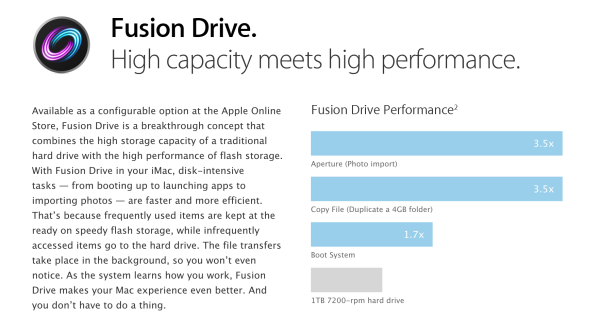
After a few accesses Fusion Drive should be able to figure out if it needs to pull something new into NAND. The 128GB size is near ideal for most light client workloads, although I do suspect heavier users might be better served by something closer to 200GB. 
There is no user interface for Fusion Drive management within OS X. Once the volume is created it cannot be broken through a standard OS X tool (although clever users should be able to find a way around that). I'm not sure what a Fusion Drive will look like under Boot Camp, it's entirely possible that Apple will put a Boot Camp partition on the HDD alone. OS X doesn't hide the fact that there are two physical drives in your system from you. A System Report generated on a Fusion Drive enabled Mac will show both drives connected via SATA.
The concept is interesting, at least for mainstream users. Power users will still get better performance (and reliability benefits) of going purely with solid state storage. Users who don't want to deal with managing data and applications across two different volumes are still the target for Fusion Drive (in other words, the ultra mainstream customer).
With a 128GB NAND component Fusion Drive could work reasonable well. We'll have to wait and see what happens when we get our hands on an iMac next month.

More...
-
10-24-12, 03:00 AM #2330
Anandtech: DigitalStorm Bolt Gaming System Review: It's Little But It's Fierce
Since I've started reviewing boutique desktops I've been of the opinion that while they're not strictly for enthusiasts, the enthusiast market is one that boutiques can tap into by offering something that can't simply and easily be built. It's not just important for these small companies to differentiate from each other in a general sense, but there really does need to be something they offer that allows them to compete on something other than price.
Over the past year a number of them have started to produce systems with custom cases, and DigitalStorm in particular is now on their second custom chassis with the system announced yesterday and reviewed today, the Bolt. DigitalStorm is positing it as the thinnest gaming desktop available, a claim that has to compete with Falcon Northwest's 4"-wide Tiki and Alienware's 3.75"-wide X51. Just being a tenth of an inch thinner than the X51 isn't going to be enough, though. Is the Bolt worth your attention, or does it need to go back to the drawing board?

More...
Thread Information
Users Browsing this Thread
There are currently 17 users browsing this thread. (0 members and 17 guests)














 Quote
Quote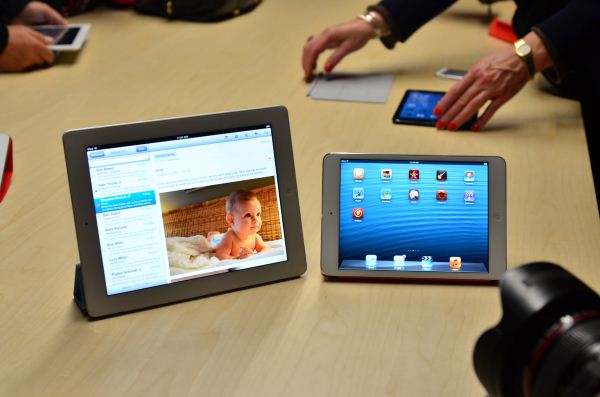

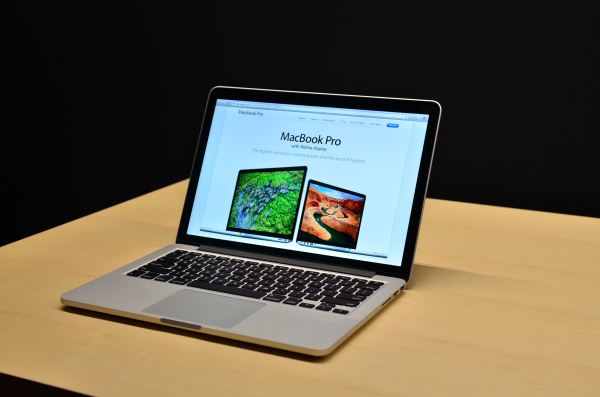







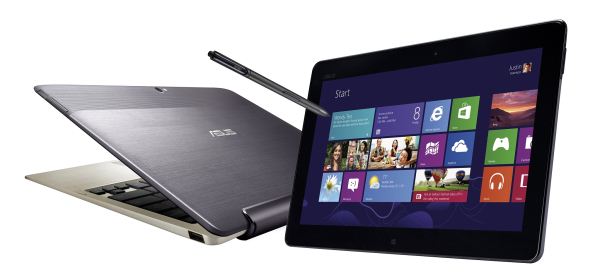
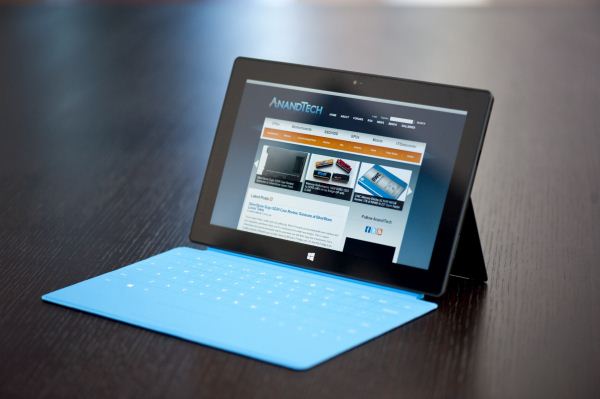
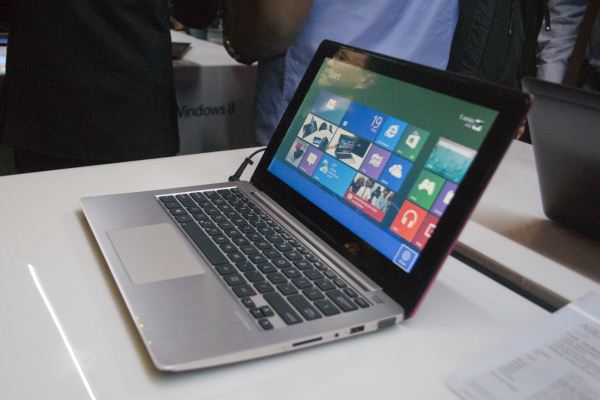
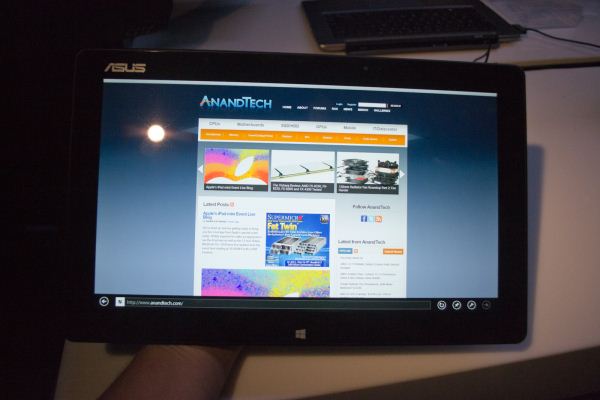
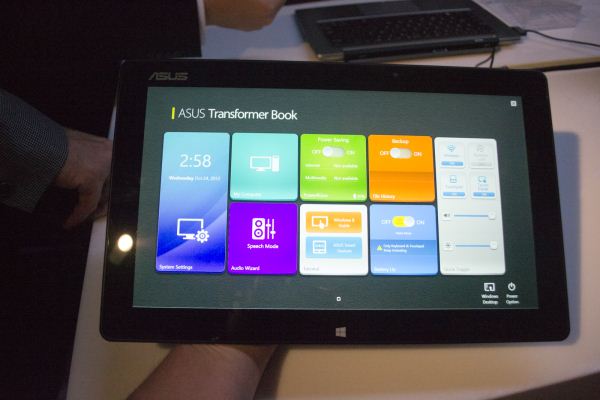

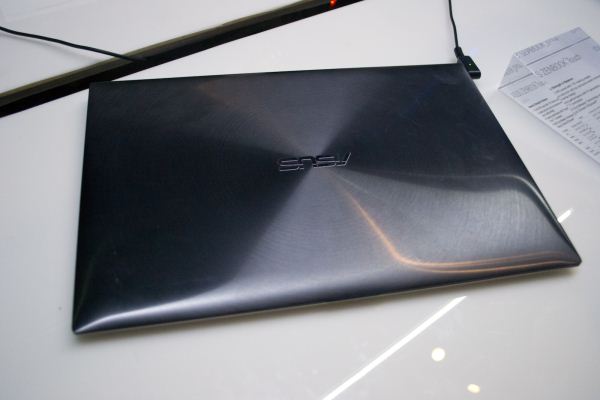
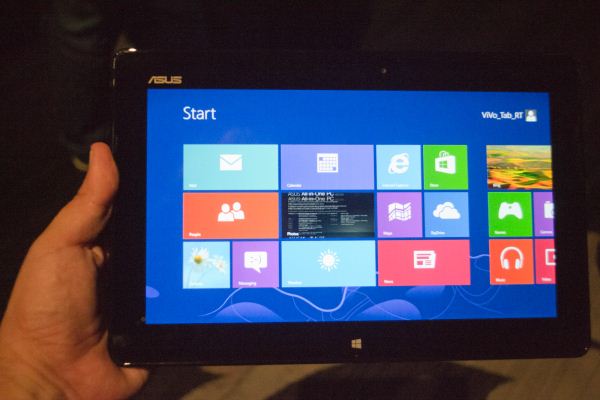
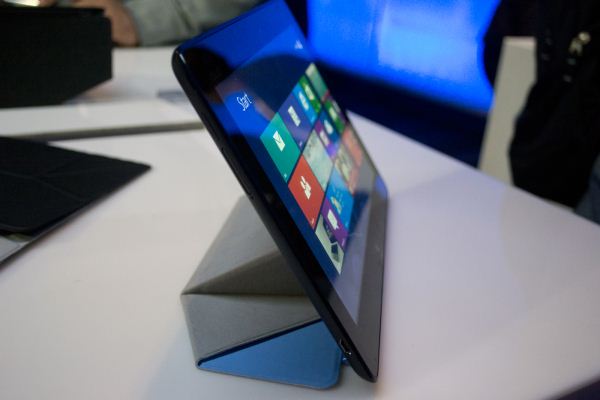

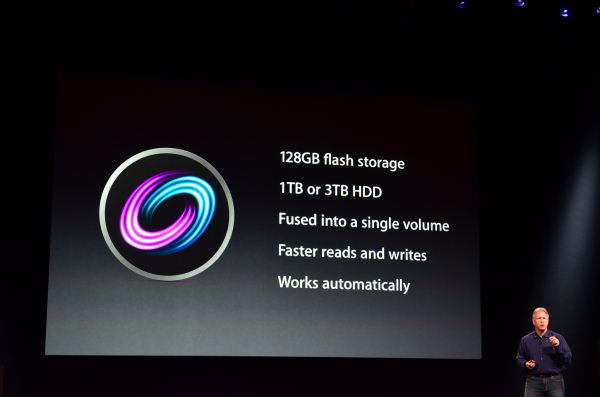
.jpg)
















Bookmarks